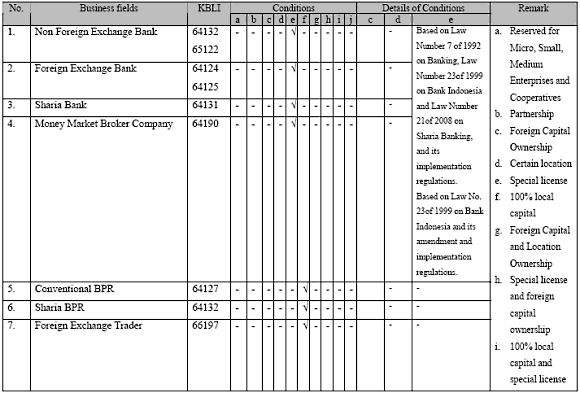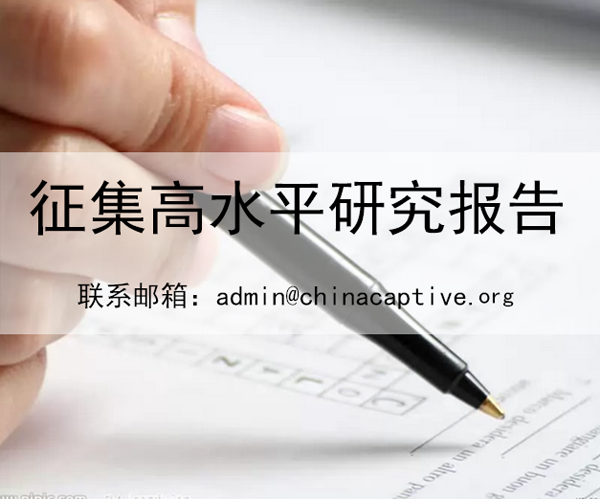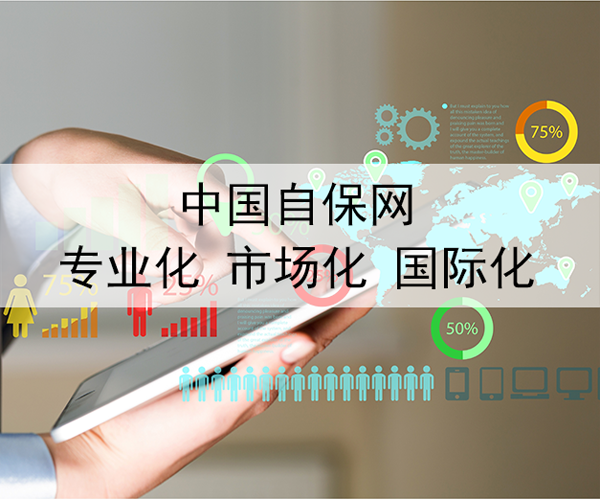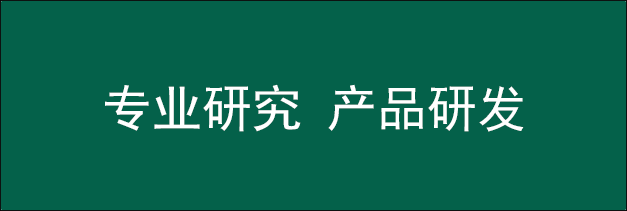The Indonesian market is incredibly attractive for the insurance sector. In the life insurance segment in particular considering the low penetration of insurance coverage and the young demographics of the population. There remains huge untapped potential, with less than 10% of the population holding any form of insurance coverage. In light of current growth, Indonesia’s insurance industry is forecasted to triple written insurance premiums to IDR 254.5 trillion (US$ 28.5 billion) by 2014 (Insurance International News). As competition increases within the sector, local providers are keen to find international partners to gain a competitive edge by diversifying their product portfolio and gain insights into marketing techniques. This comes at a key time in the industry’s development with the introduction of stricter capital requirements and therefore opportunities for mergers, acquisitions and joint ventures.
To prepare for the future role that the sector will play in the economy, the Capital Market and Financial Institution Supervisory Agency (BAPEPAM–LK) began placing strict capital requirements on insurance companies as of the end of 2010. The new requirements being enforced for both life insurance and general insurance companies are designed to strengthen and consolidate the sector over time, with required levels rising each year. As of the end of 2010, the capital requirement was 40 billion RP and 25 billion Rupiah for shariah insurance companies. This is scheduled to rise to 70 billion RP and then 100 billion RP by 2012 and 2014 respectively. The Insurance Bureau at the Regulatory Agency of Market and Financial Institution reported that at the beginning of 2011, there were 14 insurance companies that have failed to meet the requirements out of which 10 are life insurance companies. Those that fail to meet these requirements face a penalty from the regulator and pressure to merge to meet the targets. This is a significant move in unleashing the potential of the sector that has been held back due to a lack of capitalisation, leading to limitations of scope in the undertaking of risk and under pricing as a result. The new capital requirements will shift the industry from its current state of fragmentation to a sector of scale.
In lieu of the introduction of the capital requirements and spurred by the global financial crisis; a number of mergers and acquisitions took place during 2010 and the beginning of 2011. Indeed, insurance acquisitions posted some of the highest acquisition transaction values in the economy as a whole. These included Aviva’s entrance into the market through acquiring a 60% stake in PT Asuransi Winterthur Life. As per the beginning of 2011, PT Asuransi Jiwa Sinarmas was awaiting licensing approval for its new partnership with Mitsui Sumitomo Insurance Corporation that will see the Japanese insurer taking a 50% stake. According to data from Bloomberg, three acquisitions over the course of 2011 amounted to $824 million USD. More local insurance companies are looking for foreign partners to strengthen their capital base as well as for transfer of knowledge. The divestment of bank owned insurance companies is an area that investors can expect upcoming opportunities. PT BNI Life Insurance which is majority held by state owned BNI (Bank Negara Indonesia) is widely expected to take on a partner shortly following statements from the President Director which is in line with the current divestment of their other business units. Privatisation of other state owned life insurance and general insurance companies are also awaited by investors. State owned PT Asuransi Jasa Indonesia is the second largest general insurer in the country and is slated to undergo an IPO in 2011 according to the Ministry of State Owned Enterprises. Smaller scale, undercapitalised insurers are another avenue for strategic investors as these companies seek to move up a gear in terms of customer base and their product range.
Life insurance remains the most exciting segment of the insurance industry with the number of policy holders increasing by 48% from 2009 to 2010 totalling 16.75 million people according to the Indonesia Life Insurance Association, AAJI. This stands in comparison to other types of insurance that grew by 5.7% over the same period (The Indonesian General Insurance Association). The AAJI recorded a 24.40% increase in assets for the sector over 2010 and is targeting annual growth of at least 25% to reach 500 billion RP in assets by 2014. The exponential growth in this sector is a result of the increased levels of education and awareness among the growing middle class. The popularity of the asset class as a platform for savings and investments is another factor influencing sales. This is amplified by the increased sophistication of the types of products available in the market which will see will this upwardly trend continue.
Unit linked products have become increasingly popular among the insurance retail market since their introduction in 1998. Data from the Indonesian Life Insurance Association shows that the unit linked premium income of life insurance companies has reached 58.87% from total premium income of the industry of 75.98 trillion RP at the end of 2010 and 62.41% of all new premiums. The popularity among Indonesian consumers is due to the flexibility that the products offer through a guaranteed cash value after an agreed time as well as the benefits of the coverage coupled with the strong performance of the stock market (see Capital Markets: Widening the Investor Base). Insurance companies have been quick to react to meet the market demand as middle class consumers increasingly turn to insurance as an asset class for investment. WanaArtha Life launched their new WALink product in May 2011 with further products in the class expected later in the year. Takaful companies such as Aviva and PT Asuransi Takaful Keluarga also introduced unit linked investment products using shariah based investment funds at the beginning of 2011.
The current regulations embodied by the Minister of Finance Decree No.424/2003 stipulates that unit linked products are limited to six different investment instruments such as cash deposits, mutual funds and bonds. A new draft of the regulation regarding Financial Performance of Insurance and Reinsurance Companies is expected to widen the scope of unit linked products to sovereign bonds and real estate investment trusts as well as multinationals’ bonds in which Indonesia has a stake. This will open up further potential in offering more sophisticated products and thus the need for collaboration with international partners in terms of knowledge and technology.
Indonesia is one of the markets in which micro insurance is proving very successful; in Allianz for example it is the fastest growing sector of their business as per 2010. While giving low premiums they remain high potential in the country considering the vast rural population, absence of social security coverage and unpredictable weather conditions. Low income consumers are slowly gaining awareness of how to transfer risk through the use of insurance for issues such as natural disasters and specific health cover such as for dengue fever. The types of product on offer have been limited so far with the main focus on life insurance and health coverage in the form of vouchers for one time coverage. This has plenty of scope to expand in the future into other areas such as flood protection, micro education insurance and income insurance for entrepreneurs. Shariah compliant micro insurance products are also gaining in popularity among the low income market. BAPEPAM–LK announced in mid 2011 that it plans to offer incentives to insurance companies that will offer micro insurance products by reducing the cost of agent certification through the Indonesia Life Insurance Association. This would be a major boost for the sector as distribution remains a challenge. The need for personal presence is an important characteristic of the Indonesian market but this method is unsuited to micro insurance products due to agent fees. Use of technology will also increase penetration among the lower income bracket. PT Assuransi Jiwa Mega began cooperating with a telecom provider to sell micro insurance through mobile phone credit reduction in Q1 2011; the success of this method will be an interesting test for the market. Other methods being tried by insurance companies include going through credit card providers and telemarketing.
The potential of micro insurance is an exciting prospect for the insurance industry, finding the correct method to get the product to consumers will surely pay dividends. The announcement in May 2011 by Leapfrog, a private equity firm, that it will enter the Indonesian micro insurance market has given a further boost of confidence to the sector. The company has yet to announce which company it will take a stake in but it is keen to introduce micro insurance products that cover personal accident, motorcycle and property insurance. Further acquisitions in this sector are expected as well as the establishment of partnerships with rural banks and technology companies that offer distribution and delivery channels.
Indonesia’s insurance sector has numerous opportunities to be found within both the life and general insurance segment. As insurance companies face a transformed regulatory landscape in which to operate in following the financial crisis, strengthening their capital base and gaining access to technical expertise to allow them to innovate within the regulations will be crucial. Large foreign multinationals have been quick to re-enter the market thus stiffening the competition. However the local knowledge required to understand the values of Indonesia’s numerous regions, particularly for life insurance products, makes local medium sized companies highly attractive. Those seeking to tap the sector should therefore look for companies with a well established distribution channels and customer base in primary and secondary cities for a competitive advantage in the market.
Extract of Negative Investment List 2010

Laws to Consider
Negative Investment List Presidential Decree No.36/2010 allows up to 80% foreign ownership in an insurance company (excluding pension companies).
Note: The foreign company must be involved in the same type of insurance i.e. life or non-life as the local company (see Understanding the Negative Investment List).Government Regulation No.39 of 2008 amending the minimum capital requirements for insurance and reinsurance companies.
Insurance Companies:
Reinsurance Companies:Minimum capital of 150 billion RP by 31st December 2012.
Minimum capital of 200 billion RP by 31st December 2014.
Minimum capital of 70 billion RP by 31st December 2012.
Minimum capital of 100 billion RP by 31st December 2014.
Ministry of Finance Decree No.424/2006 stipulates that insurance and reinsurance companies are allowed to invest in a company’s stock by up to 20% of their total investment portfolio. A new draft of this regulation is being prepared as of mid 2011 that would set the stock investment limit at 40% of total investments. Mutual fund investments are also expected to be limited to 10% of total investments made by an investment manager.
Government Regulation No.66/2008 sets the maximum deposit guarantee limit at 2 billion RP, however this is expected to be revised to 500 million RP as the economic situation improves.
0
YuanName:
Mobile Number:
Comments…
After your successful submission, our staff will soon be in touch.





